Gamma rays are the highest energy form of electromagnetic radiation.
Click on image for full size
Windows to the Universe
Gamma Ray Radiation
Gamma rays are an extremely high-energy form of electromagnetic
(EM) radiation. Gamma ray radiation has a much, much shorter wavelength than visible
light, so gamma ray photons have
much, much higher energies than photons of light do.
Gamma rays lie at the extreme high-energy end of the electromagnetic
spectrum. X-rays,
which have slightly lower energies than gamma rays, are the neighbors of
gamma rays along the EM spectrum. In fact, the spectral ranges of hard X-rays and
gamma
rays overlap. Gamma rays have wavelengths of
about 100 picometers (100 x 10-12 meters)
or shorter, or energies per photon of
at least around 10 keV. This type of electromagnetic wave oscillates with
a frequency of 3 exahertz (EHz or
1018 hertz)
or higher.
There is no sharp distinction between the highest energy X-rays and the lowest
energy gamma rays. The distinction between X-rays and gamma rays is actually
based on the origin of the radiation, not on the frequency or wavelength of
the electromagnetic waves. Gamma rays are produced by nuclear transitions,
while X-rays are the result of accelerating electrons.
Photons with energies between about 10 keV and a few hundred keV can be either
hard X-rays or gamma rays.
You might also be interested in:

Electromagnetic radiation is the result of oscillating electric and magnetic fields. The wave of energy generated by such vibrations moves through space at the speed of light. And well it should... for
...more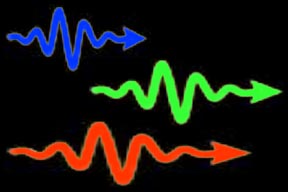
Light is very strange. Sometimes it is best to think of light as a series of waves. At other times, it is useful to think of light as a swarm of particles. When we think of light as particles, we call
...more
The Hubble Space Telescope (HST) was one of the most important exploration tools of the past two decades, and will continue to serve as a great resource well into the new millennium. The HST found numerous
...more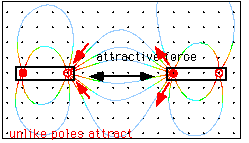
Electricity and magnetism are two very important topics in the science of physics. We use electricity to power computers and to make motors go. Magnetism makes a compass point North and keeps notes stuck
...more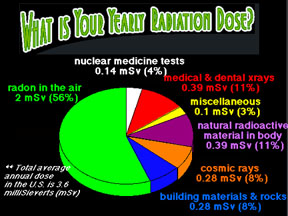
Radiation comes in two basic types: electromagnetic radiation transmitted by photons, and particle radiation consisting of electrons, protons, alpha particles, and so forth. Electromagnetic radiation,
...more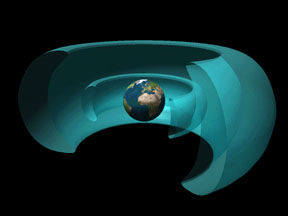
One main type of radiation, particle radiation, is the result of subatomic particles hurtling at tremendous speeds. Protons, cosmic rays, and alpha and beta particles are some of the most common types
...more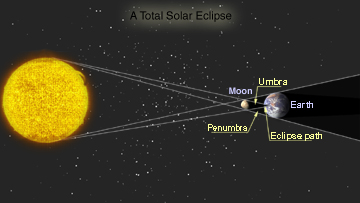
On March 29, 2006 a total solar eclipse was visible from parts of Africa. Scientists from the University of Cape Coast in Ghana webcast live video coverage of this event. Windows to the Universe was a
...more















